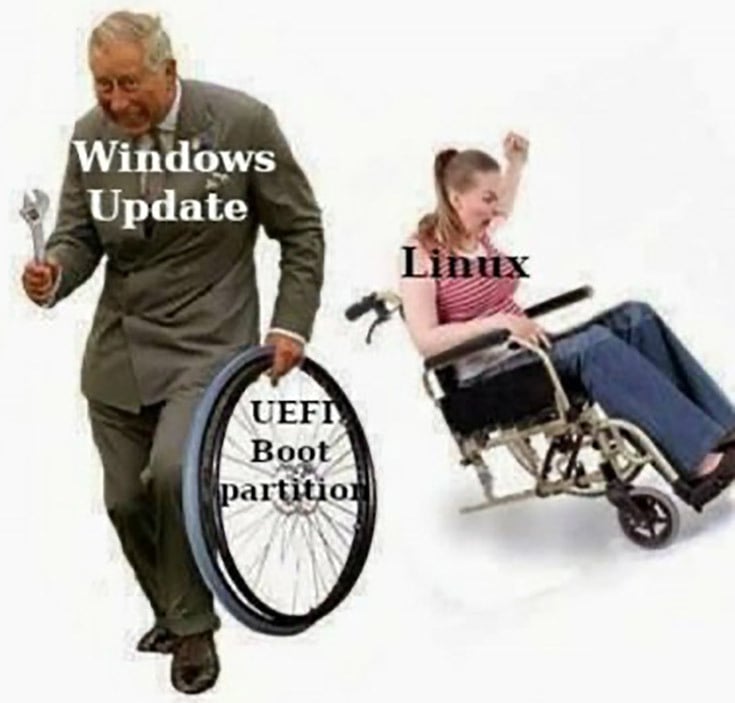this post was submitted on 24 Jan 2025
491 points (95.9% liked)
Actually Infuriating
594 readers
81 users here now
Community Rules:
Be Civil
Please treat others with decency. No bigotry (disparaging comments about any race, ethnicity, religion, gender, sexuality, nationality, ability, age, etc). Personal attacks and bad-faith argumentation are not allowed.
Content should be actually infuriating
Politics and news are allowed, as well as everyday life. However, please consider posting in partner communities below if it is a better fit.
Mark NSFW/NSFL posts
Please mark anything distressing (death, gore, etc.) as NSFW and clearly label it in the title.
Keep it Legal and Moral
No promoting violence, DOXXing, brigading, harassment, misinformation, spam, etc.
Partner Communities
- Mildly Infuriating
- Furiously Infuriating
- Memes
- Political Memes
- Lemmy Shitpost
- Not The Onion
- You Should Know
- Lemmy Be Wholesome
founded 4 months ago
MODERATORS
you are viewing a single comment's thread
view the rest of the comments
view the rest of the comments

Oh, that makes more sense.
Still, from my tests with Mint, it looks like it probes other disks and partitions when updating grub, and reinstalls it correctly. But I suppose there are cases where the probe could fail and you'd have to boot from the grub prompt.
yeah it's more of a hypothetical worry, i guess. since every system seems to handle boot a bit differently (unfortunately), it's difficult to get a definite answer to that.
I personally love the UEFI boot system, but it's not typically directly used. Instead, some complicated grub setup is often in place. That makes it a bit of a complicated question.